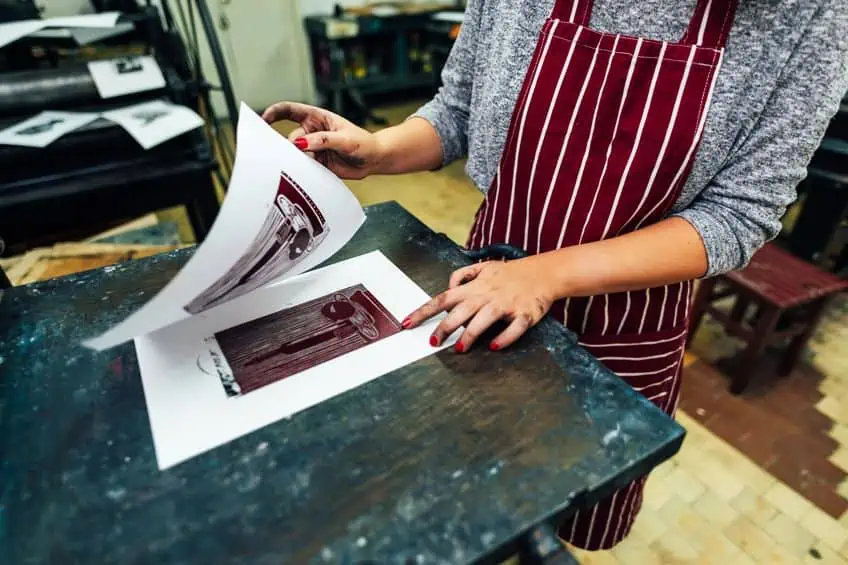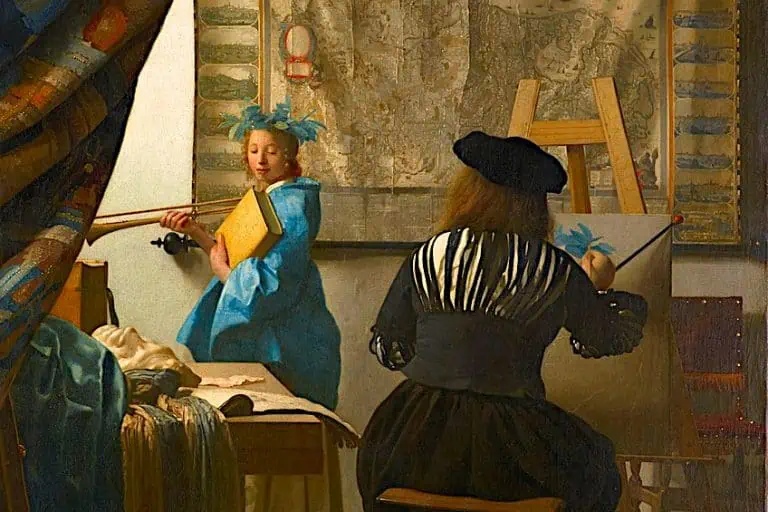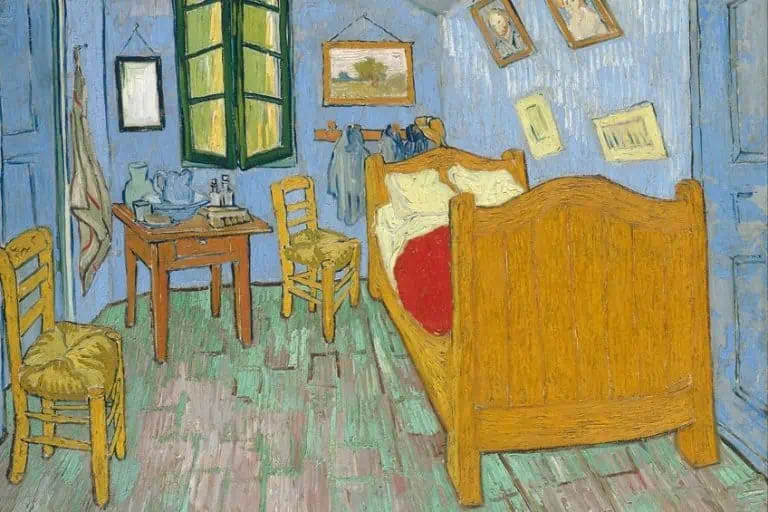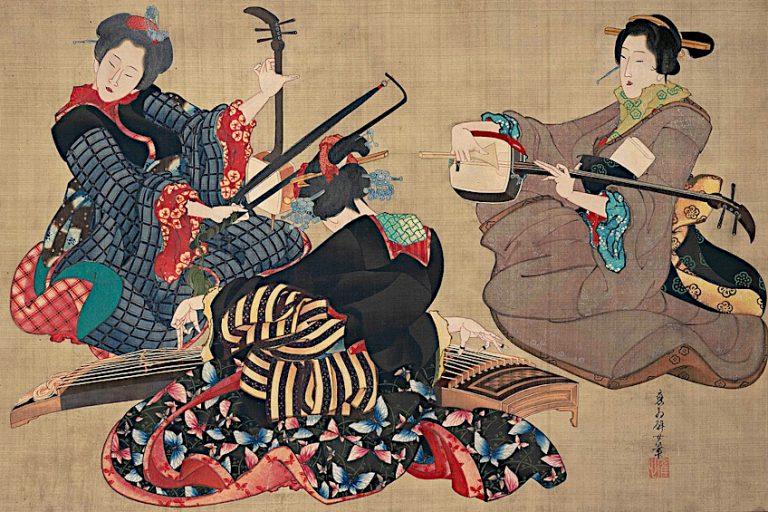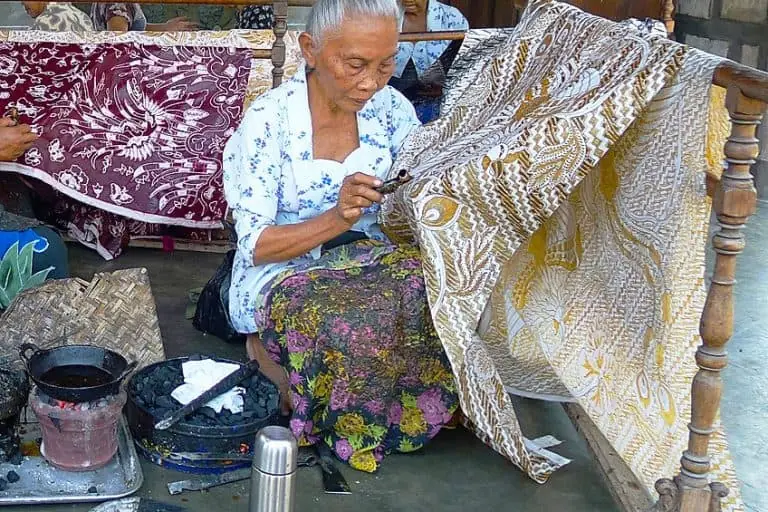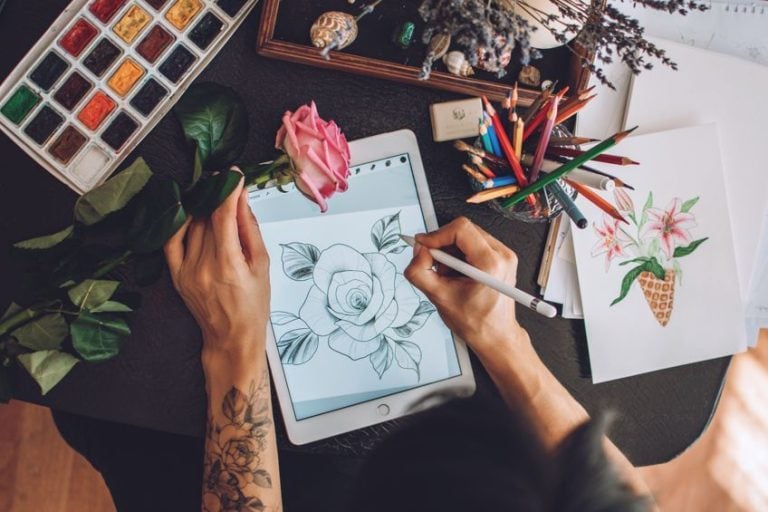Monoprinting – The Art of One-of-a-Kind Prints
This post may contain affiliate links. We may earn a small commission from purchases made through them, at no additional cost to you.
Within the realm of artistic expression, the enchanting world of monoprinting beckons with its unique allure. But what is a monoprint, you may wonder? At its essence, monoprinting is a captivating art form that combines elements of painting and printmaking. This dynamic medium allows artists to explore a multitude of monoprinting techniques to create one-of-a-kind prints that defy replication. As we delve deeper into this artistic wonderland, we will uncover the ingenious monotype variations, meet pioneering monoprinting artists, and unearth a trove of monoprint ideas that push the boundaries of creativity and imagination. Join us on this journey into the mesmerizing world of monoprinting, where every impression is a masterpiece waiting to be unveiled!
Table of Contents
What Is a Monoprint?
Monoprinting stands as a mysterious and captivating technique that has intrigued artists and art enthusiasts for generations. But what is a monoprint, and what makes it so alluring? Picture a world where every artistic endeavor is a unique journey, an exploration of boundless creativity, and a testament to the marriage of imagination and technique. At its core, monoprinting is a versatile and expressive printmaking method that blends the fluidity of painting with the precision of printmaking. Unlike other printmaking processes that produce multiple identical copies, a monoprint yields only one impression – a singular work of art.
This exclusivity is a hallmark of monoprinting, making it a sought-after medium for artists seeking to create truly one-of-a-kind pieces.
Monoprinting begins with a smooth plate, typically made of glass, metal, or plastic, serving as the artist’s canvas. The plate becomes a stage where the artist’s vision comes to life through the careful application of ink or paint. It’s at this stage that the magic of monoprinting techniques unfold. Artists have a wide array of tools at their disposal, including brushes, rollers, and even their own hands, to manipulate the ink or paint, creating textures, shapes, and colors that dance across the plate. One of the distinguishing features of monoprinting is its capacity for experimentation. Unlike other printmaking methods, there are no strict rules or templates to follow. Every artist brings their unique vision and style to the process, resulting in a rich diversity of monoprints.
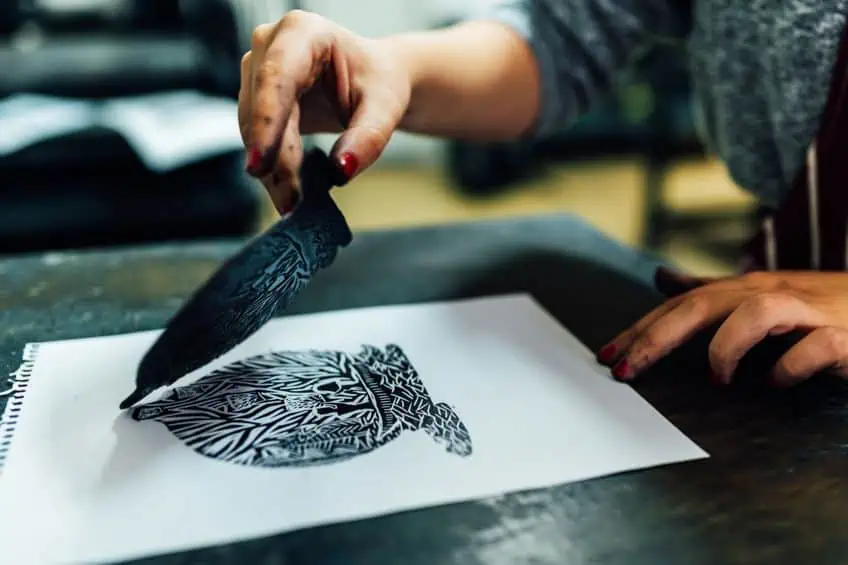
This freedom to explore and innovate is what sets monoprinting apart as an artistic playground where surprises and happy accidents often lead to extraordinary outcomes. As artists meticulously craft their compositions on the plate, they must bear in mind that this will be a one-time opportunity to transfer the image onto paper. This moment of truth occurs when the inked plate is carefully pressed against a sheet of paper, often using a specializing printing press. The pressure applied during this step ensures that the ink is transferred onto the paper, creating a mirror image of the design on the plate. The result? A monoprint – a unique and captivating work of art that captures the essence of the artist’s vision and the spontaneity of the creative process.
No two monoprints are ever the same, making each one a collector’s dream and a testament to the artistic journey.
Intriguingly, within the realm of monoprinting lies the subcategory known as “monotype”. While monoprints are prized for their individuality, monotypes take this concept even further. In a monotype, the artist deliberately ensures that each impression is entirely unique, often by not leaving any ink on the plate after the initial transfer. This pursuit of singularity and the element of unpredictability make monotypes a particularly exciting subset of monoprinting, where the artist relinquishes control to the artistic process itself.
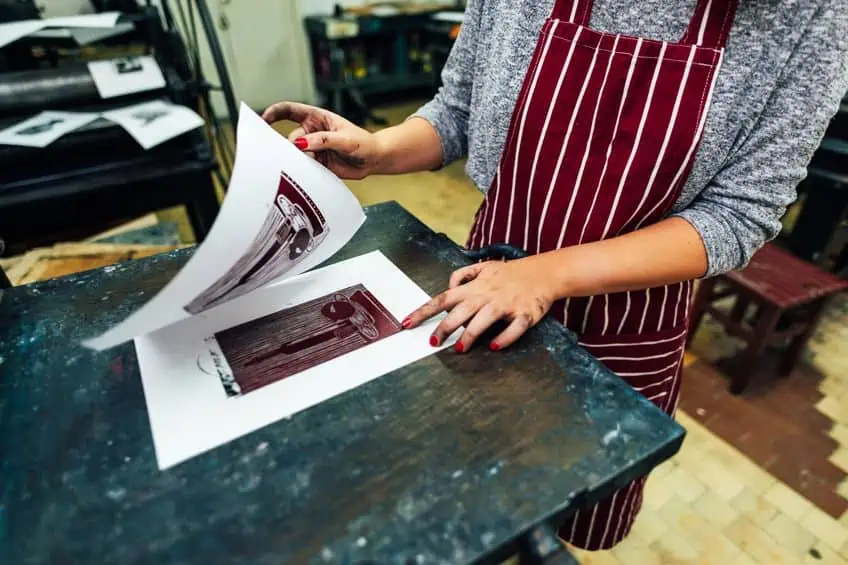
The History of Monoprinting
In the ever-evolving tapestry of artistic expression, monoprinting stands as a unique and captivating chapter – a story woven from the threads of creativity, innovation, and individuality. To truly appreciate the art form of monoprinting, one must embark on a journey through its rich history – a journey that spans centuries and continents, revealing the evolution of this distinctive technique. The origins of monoprinting are shrouded in the mists of time, with early incarnations surfacing in different cultures throughout history.
However, it was during the Renaissance in Europe that the foundations of modern monoprinting techniques began to take shape.
In this era of artistic awakening, renowned artists such as Rembrandt and Durer dabbled in what could be considered precursors to monoprinting. They used techniques like “ghost prints”, where an impression was taken from an inked plate after it had produced a primary print, leaving a faded, ghostly image – an early glimpse into the allure of the monoprint. As the art world evolved, so too did the techniques and possibilities of monoprinting. It was during the 17th century that the first true monoprints began to emerge, characterized by their individuality and the use of a single plate. However, it was not until the 19th century that monoprinting gained traction as a distinct and recognized art form.
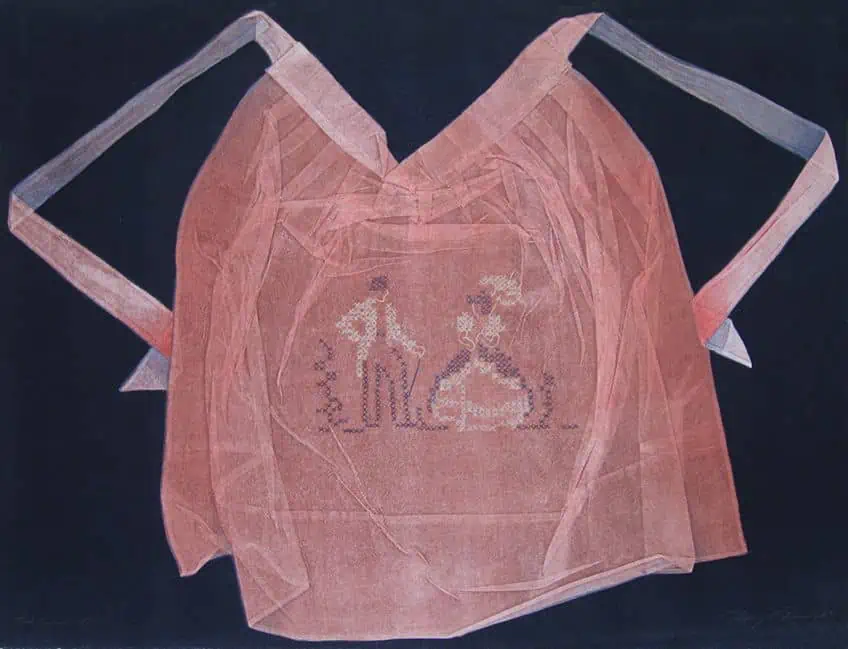 Pink Proposal Apron (1983) by Mary E. Rawlyk; Mary E. Rawlyk, CC BY-SA 3.0, via Wikimedia Commons
Pink Proposal Apron (1983) by Mary E. Rawlyk; Mary E. Rawlyk, CC BY-SA 3.0, via Wikimedia Commons
One of the most notable figures in the history of monoprinting is the French artist Edgar Degas. Degas, primarily known for his Impressionist paintings and sculptures, was an avid practitioner of monoprinting, using the medium to explore movement and gesture. His monoprints, often featuring dancers, showcased the expressive potential of the technique and solidified his status as one of the early monoprinting artists. Degas’s work paved the way for other artists to experiment with monoprinting, contributing to the medium’s growth and recognition.
In the 20th century, the allure of monoprinting continued to expand, attracting a diverse array of artists, from the likes of Pablo Picasso to contemporary creators.
Each artist brought their unique vision and style to the medium, further enriching its history. Picasso, for instance, explored the possibilities of monoprinting in his later years, infusing the medium with his distinct Cubist flair. The advent of the 21st century witnessed a resurgence of interest in traditional and alternative printmaking techniques, including monoprinting. Modern artists continue to push the boundaries of the medium, combining traditional methods with digital technology, allowing for even greater experimentation and innovation.
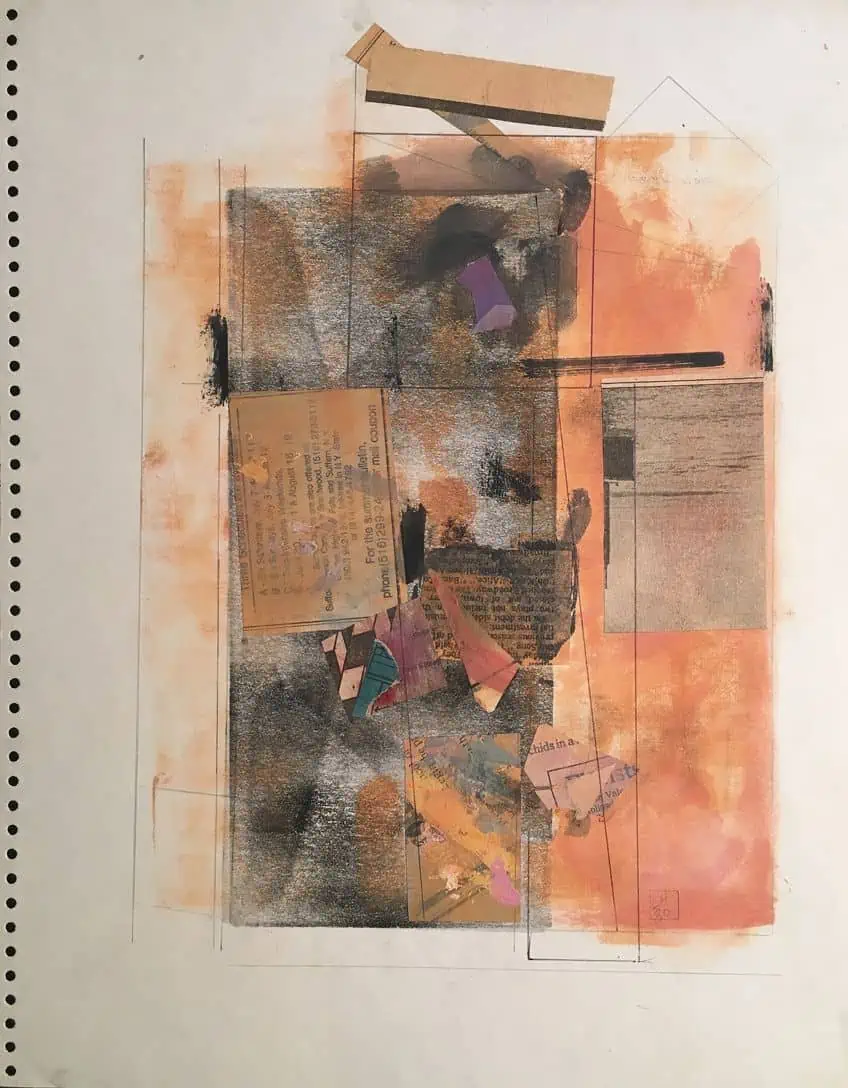 Monoprint Envelope Collages (1979); LarryHomolkaEstate, CC BY-SA 4.0, via Wikimedia Commons
Monoprint Envelope Collages (1979); LarryHomolkaEstate, CC BY-SA 4.0, via Wikimedia Commons
Today, the history of monoprinting stands as a testament to the enduring appeal of creating unique works of art. It is a history marked by a diverse cast of artists who have explored the medium’s potential, from its humble beginnings as a curious experiment to its current status as a celebrated form of artistic expression. As we reflect on the fascinating journey through the history of monoprinting step by step, we recognize that this art form is not bound by tradition or convention. It is a dynamic and ever-evolving story, where each monoprint carries the echoes of centuries past while simultaneously pushing the boundaries of what is possible in the world of art.
In the end, the history of monoprinting is a narrative of boundless creativity – a story that continues to be written by artists around the globe, each leaving their unique mark on the canvas of artistic evolution.
Famous Monoprinting Artists and Their Works
In the rich tapestry of art history, monoprinting emerges as a captivating and versatile medium that has attracted the attention of renowned artists, each leaving an indelible mark on the canvas of creativity. To appreciate the profound impact of these famous monoprinting artists, we must embark on a journey through their works, a journey that unveils the breathtaking diversity of styles, techniques, and monoprint ideas that have graced our world, all of which was achieved without the use of modern monoprinting step by step guides.
Edgar Degas (1834 – 1917)
When discussing famous monoprinting artists, one name inevitably rises to the forefront – Edgar Degas. Renowned for his mastery of Impressionism, Degas also made significant contributions to the world of monoprinting. His monoprints, often featuring dancers and horse races, are imbued with a sense of vitality and movement that is truly enchanting. Degas’ fascination with monoprinting allowed him to capture the transient nature of his subjects in a way that no other medium could. The fluidity of ink on paper gave life to his ballet scenes, portraying the dancers in various stages of motion, from graceful arabesques to moments of respite. His monoprints remain a testament to his ability to capture the essence of movement and the ephemeral beauty of the human form.
 The Star (1878) by Edgar Degas; Edgar Degas, Public domain, via Wikimedia Commons
The Star (1878) by Edgar Degas; Edgar Degas, Public domain, via Wikimedia Commons
Pablo Picasso (1881 – 1973)
Pablo Picasso, one of the most influential artists of the 20th century, was not one to be confined by artistic boundaries. His foray into monoprinting exemplifies his ceaseless quest for innovation and experimentation. Picasso’s monoprints showcase his distinctive Cubist style, where he fractured and reassembled forms in a mesmerizing display of geometric abstraction. In his monoprints, Picasso’s mastery of line and form is on full display. He used the medium to explore themes ranging from portraiture to mythology, each piece a testament to his ability to reinvent and reimagine. Picasso’s monoprints are a striking fusion of the traditional and avant-garde, capturing the essence of his ever-evolving artistic vision.
Tracey Emin (1963 – Present)
As we journey into the contemporary art scene, we encounter the work of Tracey Emin – a British artist known for her provocative and deeply personal creations. Emin’s monoprints are a reflection of her raw and unfiltered emotions, often delving into themes of love, identity, and vulnerability. Her monoprints are characterized by their bold and expressive use of color, as well as the intimate and confessional nature of the subjects.
Emin’s willingness to bare her soul through her art is both courageous and captivating, inviting viewers to delve into the depths of human experiences.
These famous monoprinting artists and their works represent just a glimpse into the expansive universe of monoprinting. Each artist brings their unique voice and perspective to the medium, pushing its boundaries and redefining its possibilities. Through their art, they have demonstrated that monoprinting is not merely a technique but a rich and dynamic means of self-expression. As we contemplate the masterpieces created by these artists, we are reminded that the allure of monoprinting lies in its ability to capture the essence of the artist’s vision in a singular, evocative moment. It is a medium that celebrates the individuality of each print, where every impression is a testament to the artist’s skill, creativity, and emotional depth.
Monoprinting Techniques and How to Use Them
Monoprinting, with its mesmerizing blend of spontaneity and precision, invites artists into a world of endless creative possibilities. To embark on this artistic journey is to delve into a diverse palette of monoprinting techniques, each offering a unique way to capture imagination on paper.
In this captivating exploration, we will unveil the secrets to different monoprinting techniques and guide you on how to wield them to craft your own masterpieces.
Direct Painting
Direct painting is a technique that thrives on the artist’s spontaneity. Here, the plate is your canvas, and your brushes, rollers, or even your fingers are your instruments. Apply ink or paint directly onto the plate, allowing your intuition to guide each stroke. This technique encourages free-flowing expression, resulting in dynamic and organic compositions. Embrace the unexpected, and let your artistic instincts take the lead.
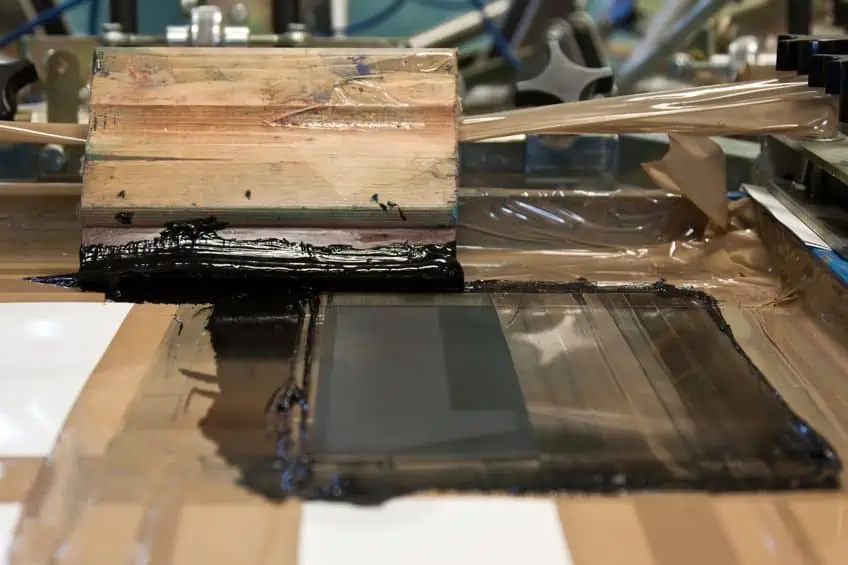
Stencils and Masks
For those seeking precision and structure in their monoprints, stencils and masks are indispensable tools. Stencils are used to create predefined shapes or patterns on the plate, while masks cover specific areas, leaving them untouched by ink or paint. With these guiding templates, you can meticulously craft intricate designs or replicate consistent motifs in your monoprints.
Stencils and masks provide the artist with control, allowing for the creation of sharp, well-defined imagery.
Texture and Collage
Monoprinting becomes a tactile adventure when texture and collage techniques come into play. Incorporating textured materials, such as fabrics, leaves, or string, onto the plate adds depth and dimension to your artwork. As you press the paper onto the inked plate, these materials leave their imprint, creating captivating surface variations. Collage elements, when combined with monoprinting, open doors to endless possibilities, allowing you to infuse your prints with layers of visual and tactile complexity.

Ghost Printing
Ghost printing, a technique born of artful experimentation, involves taking a second impression from a previously inked plate. This process often results in faded, ethereal images that add depth and complexity to your work. Ghost prints carry the whispers of the past impressions, creating a sense of continuity and history within a single piece.
The unpredictability of this technique can lead to serendipitous surprises, making it a favorite among artists who embrace the element of chance in their creative process.
Hand-Drawn Additions
Monoprinting does not confine you to the plate alone. Hand-drawn additions offer a delightful way to infuse your prints with personalized flourishes. After transferring the initial impression, you can enhance your monoprint with pencil or ink drawings, adding intricate details or emphasizing certain elements. This technique allows for a harmonious fusion of the spontaneous and the deliberate, resulting in monoprints that are uniquely yours.

Layering and Blending
Layering and blending techniques are the maestros of color harmony in monoprinting. By applying multiple layers of ink or paint in varying hues, you can create captivating gradients, intricate color combinations, and rich tonal depth.
Blending techniques, such as rolling, smudging, or feathering , enable you to seamlessly merge colors, giving your monoprints a luminous and harmonious quality.
Printing Press Mastery
With your plate adorned with ink or paint, the grand finale of monoprinting unfolds – a meeting with the printing press. Carefully lay your paper atop the inked plate, and with just the right amount of pressure, the press transfers the image onto the paper. It is a moment of artistic alchemy, where the ephemeral transforms into the tangible, and your vision springs to life.
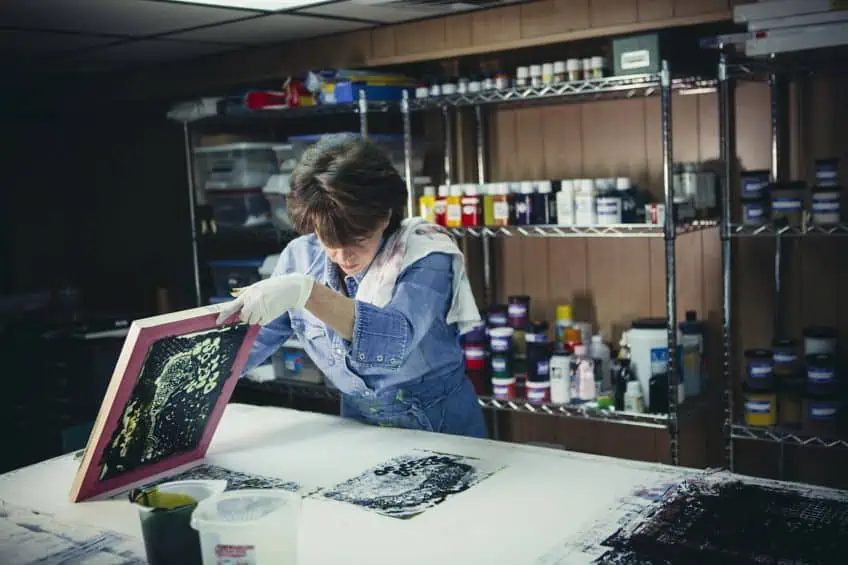
As you embark on your monoprinting journey, remember that these techniques are your artistic allies. Experiment, push boundaries, and embrace the unexpected. Monoprinting is a medium that thrives on spontaneity, inviting you to discover hidden layers of creativity with every impression. Whether you are an experienced artist or a novice, the world of monoprinting is a realm of boundless artistic exploration – a symphony of imagination waiting to be composed on paper.
Frequently Asked Questions
What Is Monoprinting?
Monoprinting is a printmaking technique that produces unique prints. Unlike other printmaking methods like etching or lithography, where multiple identical copies can be created, monoprints are characterized by their individuality. Each monoprint is made by applying ink or paint to a plate and transferring it to paper, resulting in a single, unique impression.
What Materials Are Commonly Used in Monoprinting?
Monoprinting can be done on various surfaces, including glass, metal, or plastic plates. Artists use a range of inks, paints, brushes, rollers, and tools for applying and manipulating the medium. The choice of materials can influence the texture and appearance of the final monoprint.
Duncan graduated with a diploma in Film and TV production from CityVarsity in 2018, after which he continued pursuing film while taking on a keen interest in writing along the way. Since having graduated, he began working as a freelance videographer, filming a variety of music videos, fashion and short films, adverts, weddings and more. Throughout this, he’s won a number of awards from various film festivals that are both locally and internationally recognized. However, Duncan still enjoys writing articles in between his filming ventures, appreciating the peace and clarity that comes with it.
His articles focus primarily around helping up-and-coming artists explore the basics of certain colors, how these colors can be paired with other shades, as well as what colors are created when you mix one with another. All while relating these shades to historically significant paintings that have incorporated them into their color palette. As a lover of the arts himself, he takes great interest in the Renaissance era of paintings, an era that has directly inspired many of his favorite films.
Learn more about Duncan van der Merwe and about us.
